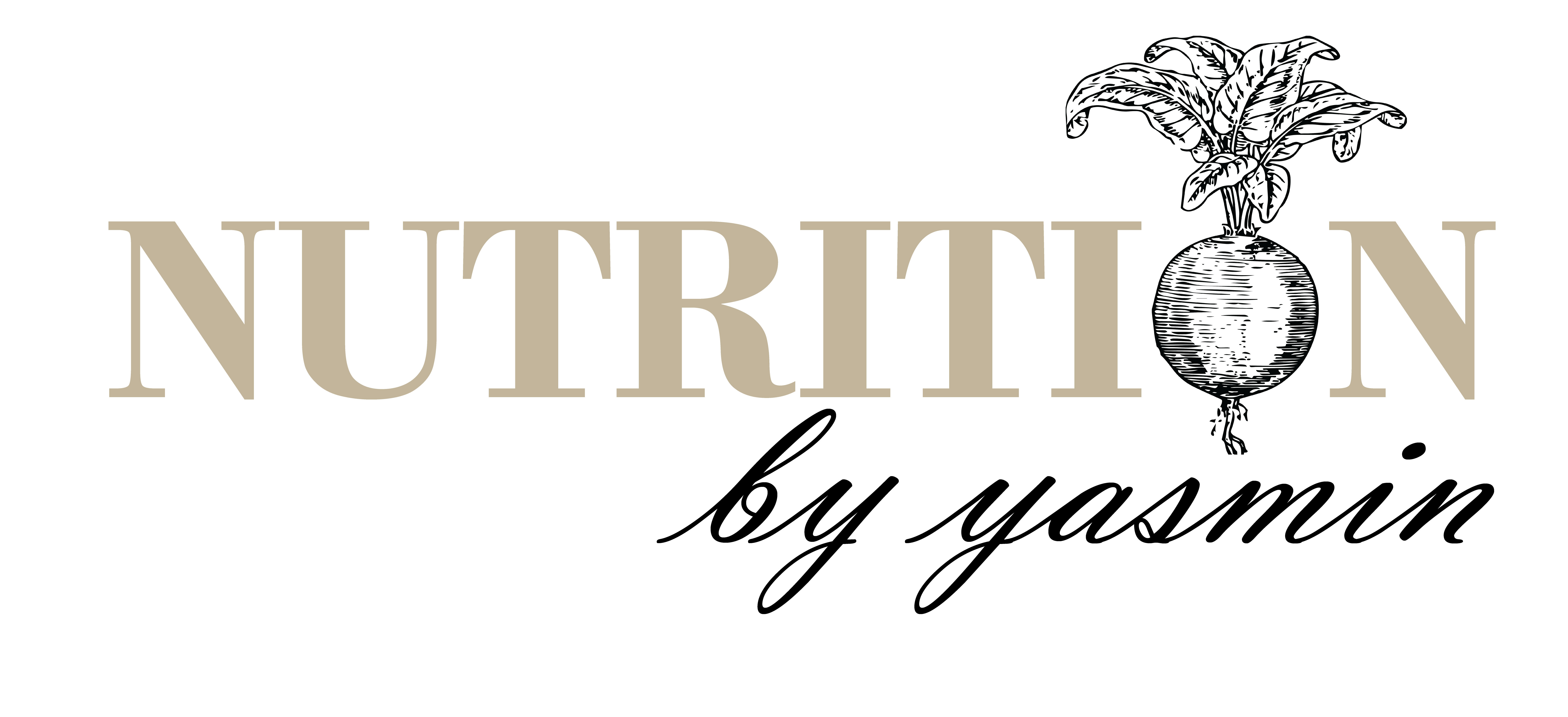A Helpful Guide To Positively Reading Food Labels
If you are feeling lost in the supermarket aisles (or behind your device screen these days) when it comes to choosing food products and food labelling then I’m with you, and I totally get it. From the traffic light system (see my previous blog for more info on this), health marketing claims such as ‘fat free’ or ‘no added sugar’, it is really easy to get confused.
Whilst it is law in the UK to present the nutrition values per 100g of product on the packaging, I think many people get very hung up on the figures and this leads to the confusion, often causing people to make less healthy choices, purely based on numbers.
So, lets strip it back and see what information is really worth you looking at.
Ingredients list
When it comes to nutrition, the MOST important aspect to look at is WHAT the food or products actually contains before you start looking at any numbers or tables. This is by far the most valuable information and food packet will give you as you will be able to see if there are any added ingredients which you would not initially expect. Here is a prime example of why this is important.
A client went into a supermarket last week and picked up a frozen smoothie mix containing spinach, kale, apple, and mango – nothing else. Yet, she was confused as the traffic light system label for sugars was amber (meaning medium) and there was 7.9g of sugar per 100g of the product. Now, according to the label and cut off points for sugar, this is classed as a ‘medium sugar’ product as it contains more than 5g, but less than 22.5g of sugar. However, without looking at the ingredients list, you do not know where this sugar is coming from. This is the important piece of the puzzle as it will tell you whether the sugar is added to the product, or naturally occurring within the fruit and vegetables. In this case of the smoothie mix, the sugars are 100% coming from the fruits and vegetables, and therefore I would say do not pay attention to what the labels say. Why? Because the fruits and vegetables also contain fibre, which helps to slow the release of sugar into the blood stream, and they contain various vitamins and minerals which offer health benefits.
Finally, ingredients will appear on the ingredients list of weight. So, if sugar is the first of second ingredient on the list, then that is the most abundant, or second most abundant ingredient in the product.
Fibre and protein
So often we are told to look at labels and chose products that are not ‘too high’ in sugar and fat, that we often forget about other nutrients, such as fibre and protein that are also important to pay attention to. When it comes to fat and sugar we are conditioned to always choose products that contain the lowest amounts, but especially when it comes to fats, this is far from what we should be recommending as fats are so important for our health. Yet, we hear little mention of other food groups such as protein and fibre with regards to food labels.
Fibre intakes are generally low in the UK, with the average person consuming just 18/19g of their recommended 30g a day, and I often see clients failing to reach their protein requirements too. In terms of protein, the average person is recommended to consume 0.8-1g of protein per every kg of body weight per day.
Therefore, to put a positive spin on things and make label reading more helpful, you could always look at these two values first, to see how much of each nutrient or food group this food or product is giving you, and use this to roughly calculate how much you are consuming each day. From there, you can assess whether you need to increase fibre or protein intakes within your own diet and look out for products that will be higher in these values next time.
So, next time you find yourself looking at labels feeling lost and confused try these 3 steps:
- Look at the ingredients list first
- Look at the fibre per serving
- Look at the protein per serving
This method should make the label reading experience a lot more positive and meaningful for you and hopefully teach you a thing or two.
Please let me know if you’ve got any questions on the topic as I’d love to hear from you!
